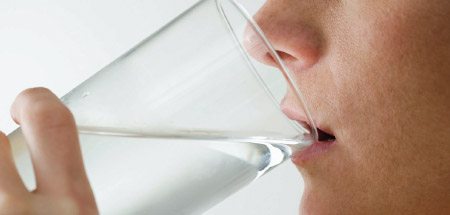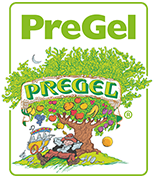
Sorbetto, commonly referred to as “sorbet” in America, is gelato that is made without dairy ingredients. Water, the only component which freezes, is the principle ingredient in sorbetto – composing some 70 percent of the overall mixture.

As the principle ingredient, the functions of water in sorbetto are to:
• Dissolve sugar
• Rehydrate the powders
• Hydrate the stabilizers and proteins
• Disperse the fats and flavors
However, before water can serve its function, it must meet a number of guidelines to ensure the highest quality sorbetto. Water used in sorbetto should generally be:
• Healthy
• Free of bacteria
• Natural tasting
• Without chlorine
• Filtrated and purified
While sorbetto requires water that contains few impurities, understanding the guidelines for water is important for both production and customers’ health. Common impurities include metal salts and/or harmful bacteria; however, some solutes are acceptable and even desirable for taste enhancement and necessary electrolytes.
Solutes, such as salts and sugars, found in water affect the physical properties of water. The boiling and freezing points of water are affected by solutes1; for example, one mole of sucrose (sugar) raises the boiling point of water by 0.52°C.2Additionally, one mole of salt raises the boiling point by 1.04°C, while conversely lowering the freezing point of water by a similar amount.
Solutes in water also lower water activity. This is important because most bacterial growth ceases at low levels of water activity.3 Not only does microbial growth affect the safety of food but also its preservation and shelf life.4
The salt minerals that are contained in potable water can affect the taste, color and the structure of the fruits of the finished product. Water for sorbetto should not contain any traces of the chlorine that is usually present in tap water.
To obtain the best water for optimal sorbetto production, there are a few things you can do. To be sure about the quality of water in your state, request an analysis from the Health Department, which will provide a detailed outline of what is in your water. Another option is a filter that gives you some guarantee that the water will be cleansed of all undesirable salts. If you don’t have purified water at your disposal, then it is advisable to use bottled water.
To determine the best water to use, try producing the product with different water options, and determine which source highlights the most desirable flavor and taste that will best appeal to the customers.
References:
1 Vickie A. Vaclavik and Elizabeth W. Christian (2003),
Essentials of Food Science, 2nd Edition
2 John M. Deman, (1999) Principles of Food Chemistry 3rd Edition
3 John M. Deman, (1999) Principles of Food Chemistry 3rd Edition
4 “Water,” www.wikipedia.com
Source:
“Water,” www.wikipedia.com
